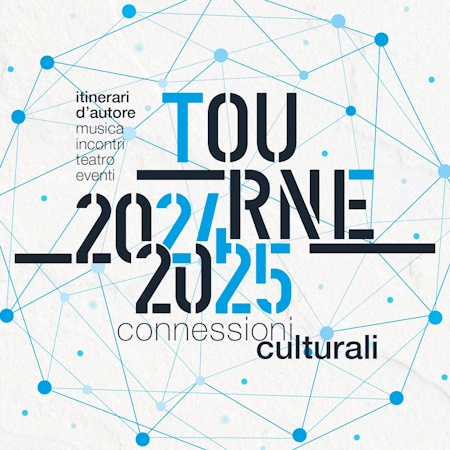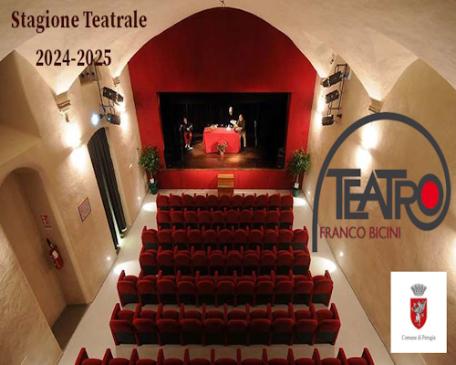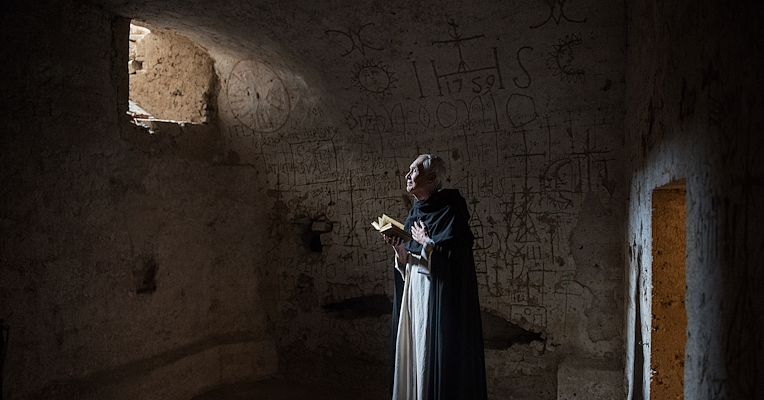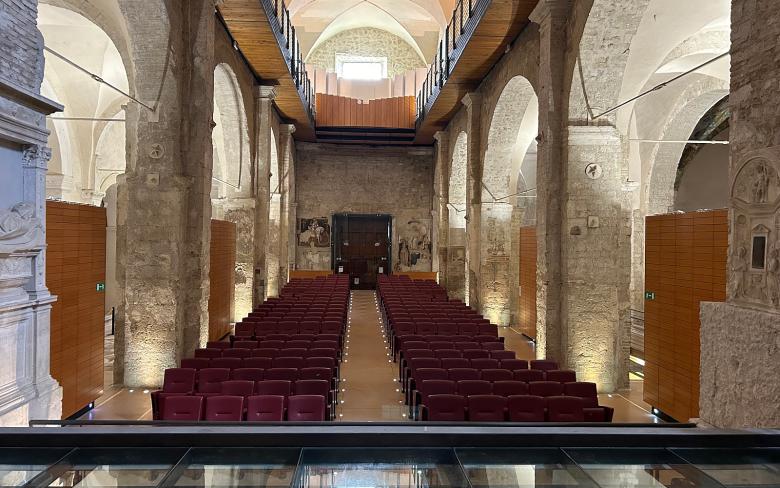Narni souterraine
Situé dans le centre historique de Narni, ancien village de l'Ombrie méridionale, le complexe souterrain de Narni Sotterranea dévoile ses secrets à travers des corridors, des citernes et des passages qui conservent les traces d'un chapitre caché de l'histoire de la ville.
L'itinéraire se développe en trois pièces, de différentes époques, auxquels on ne peut accéder qu'en réservant une visite guidée d'environ une heure et demie, ouverte et adaptée à tous.
Église de Santa Maria della Rupe
La première étape du parcours est l'église de Santa Maria della Rupe, datant du XIIIe siècle, située sous le complexe conventuel de San Domenico. Elle a été découverte en 1979 par un groupe de spéléologues passionnés. En traversant une ouverture dans le mur, ils se sont retrouvés à l'intérieur de salles fresquées par des artistes ombriens du Moyen Âge, riches en représentations sacrées. Les salles sont ouvertes au public depuis 1994. En plus des fresques, grâce à la construction d'un sol en verre, il est possible d'admirer les vestiges archéologiques de la structure, en marchant sur les anciennes fondations. Des reconstitutions virtuelles de l'évolution historique du site complètent l'expérience.



















.jpg/59c37a8c-4576-ad5d-b902-45b108fa3d68?width=456)








.png/bfc70537-6645-2c6e-3498-5d0e7556e240?width=780)









